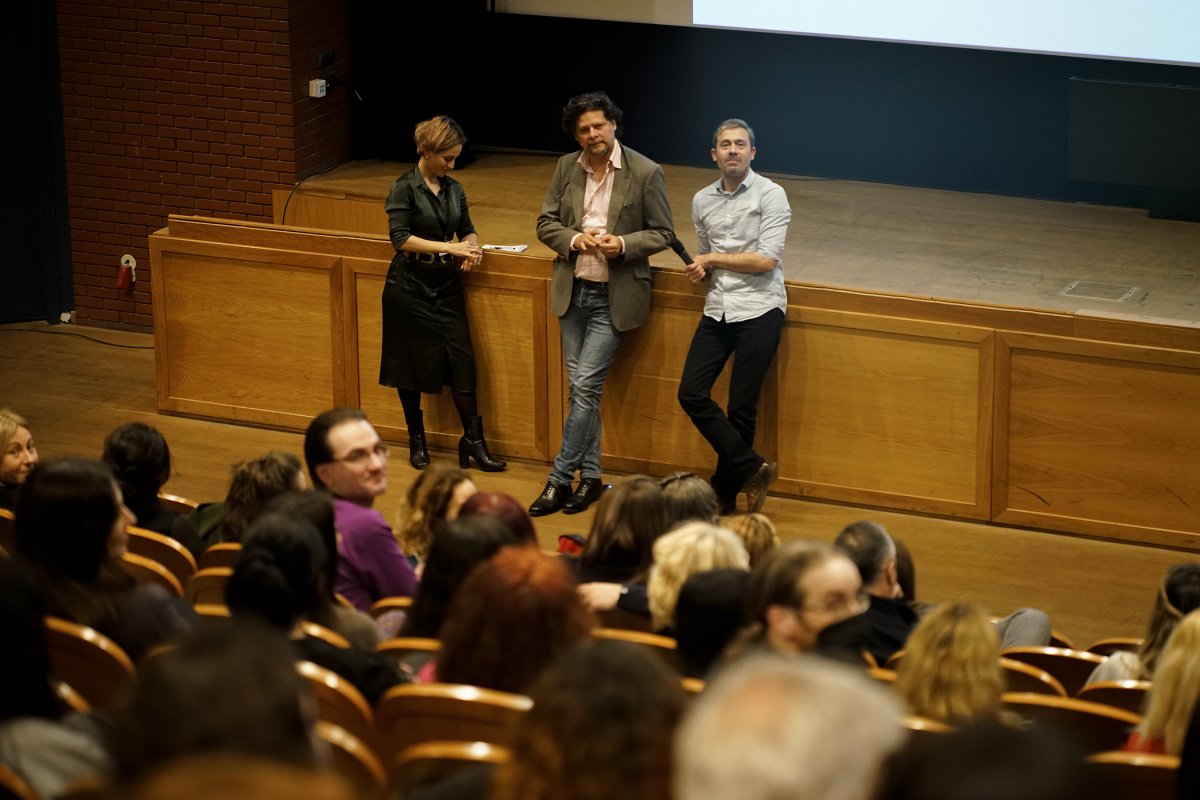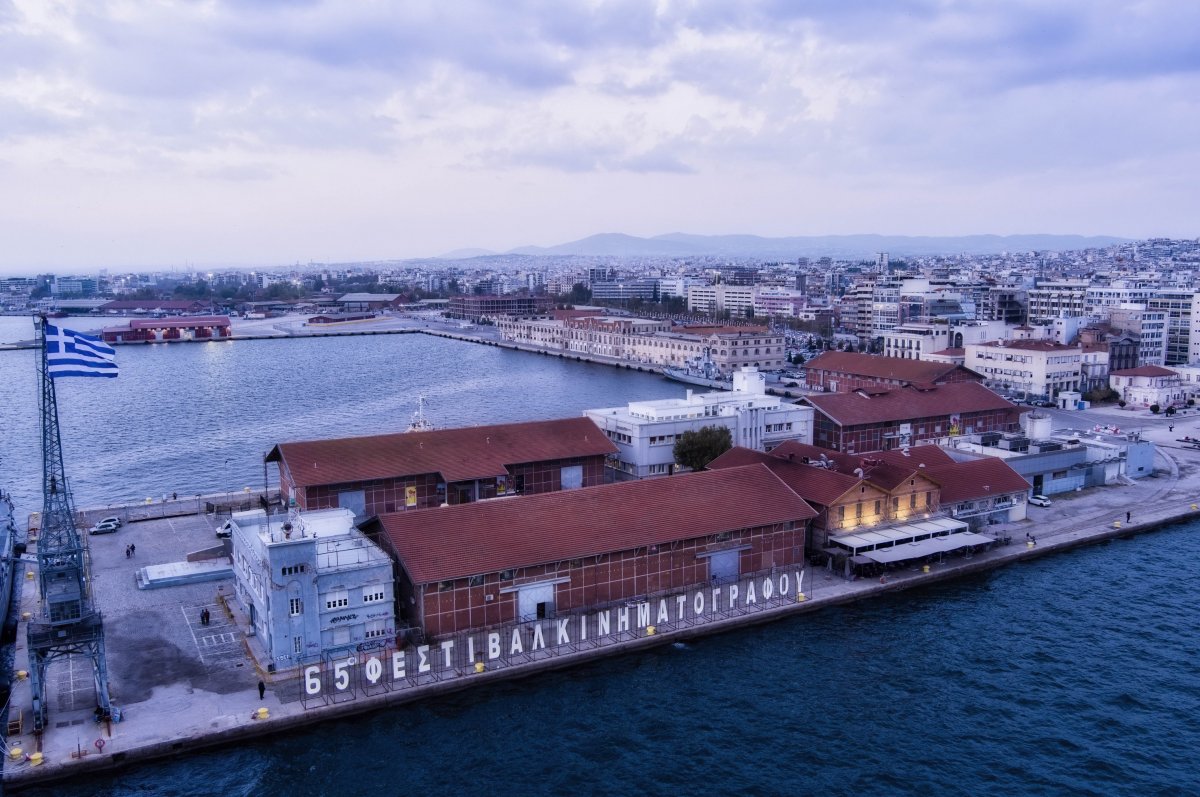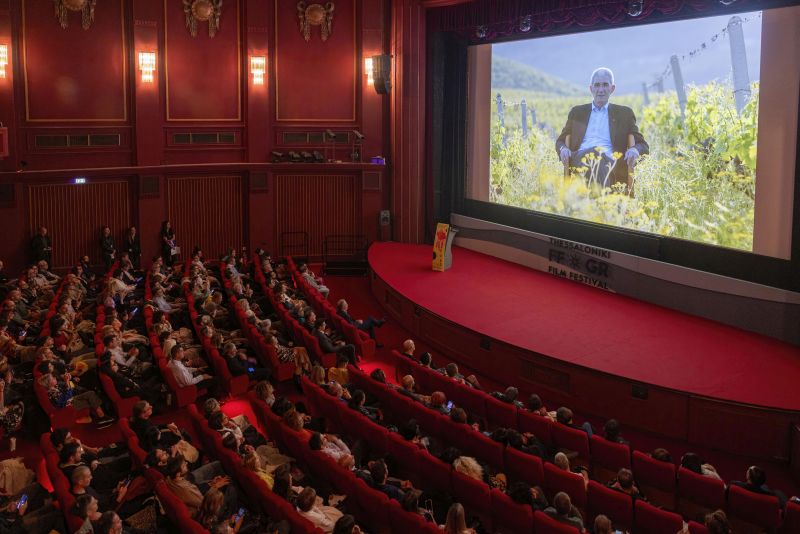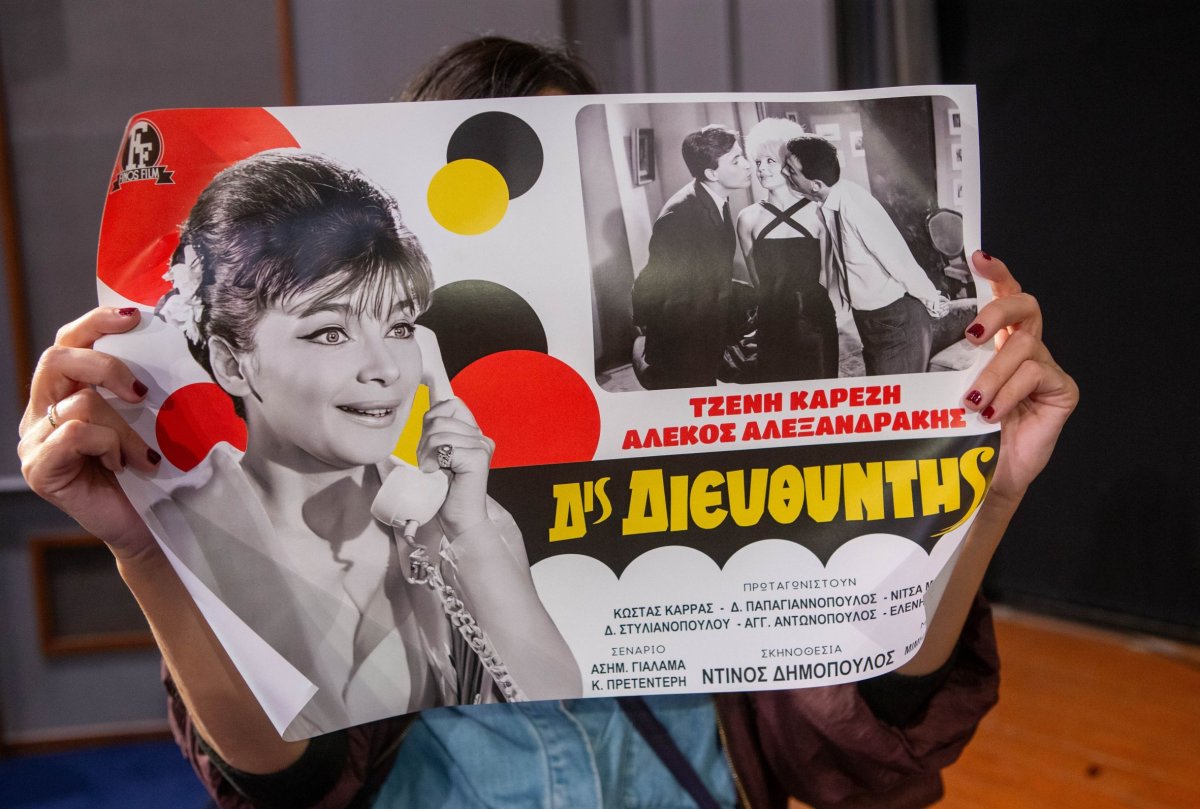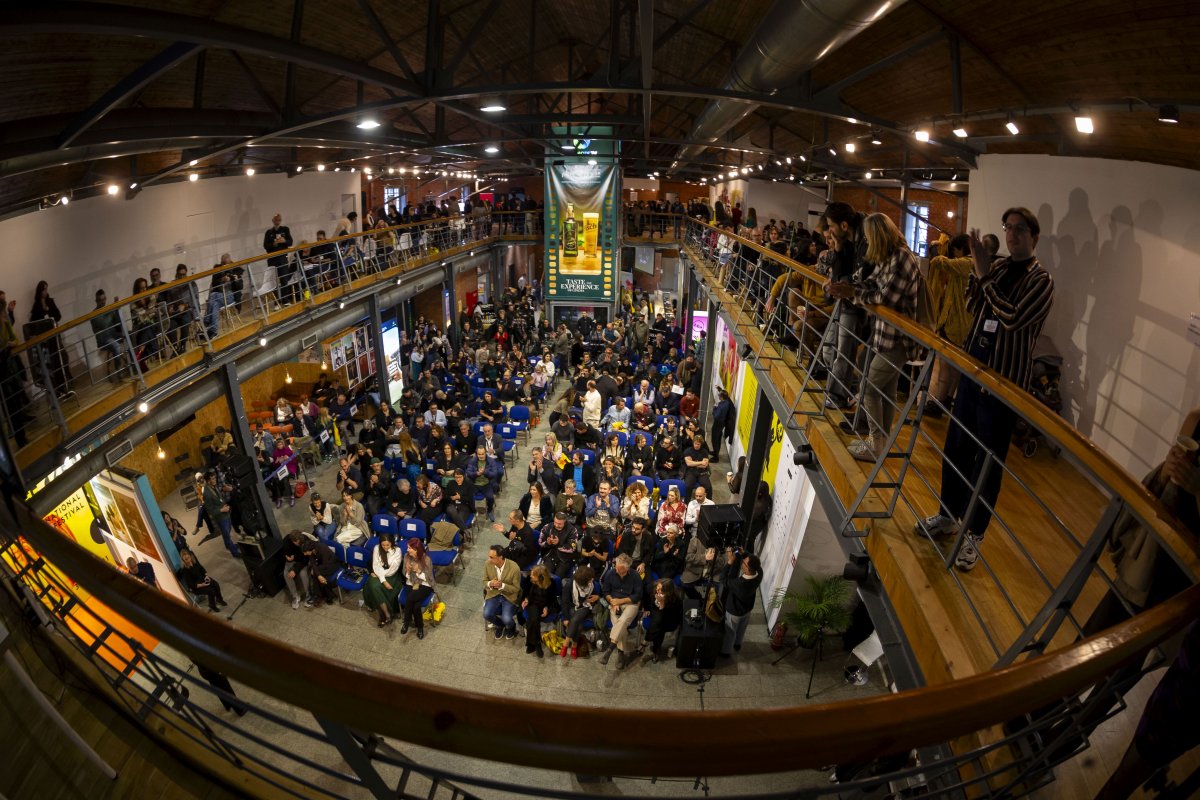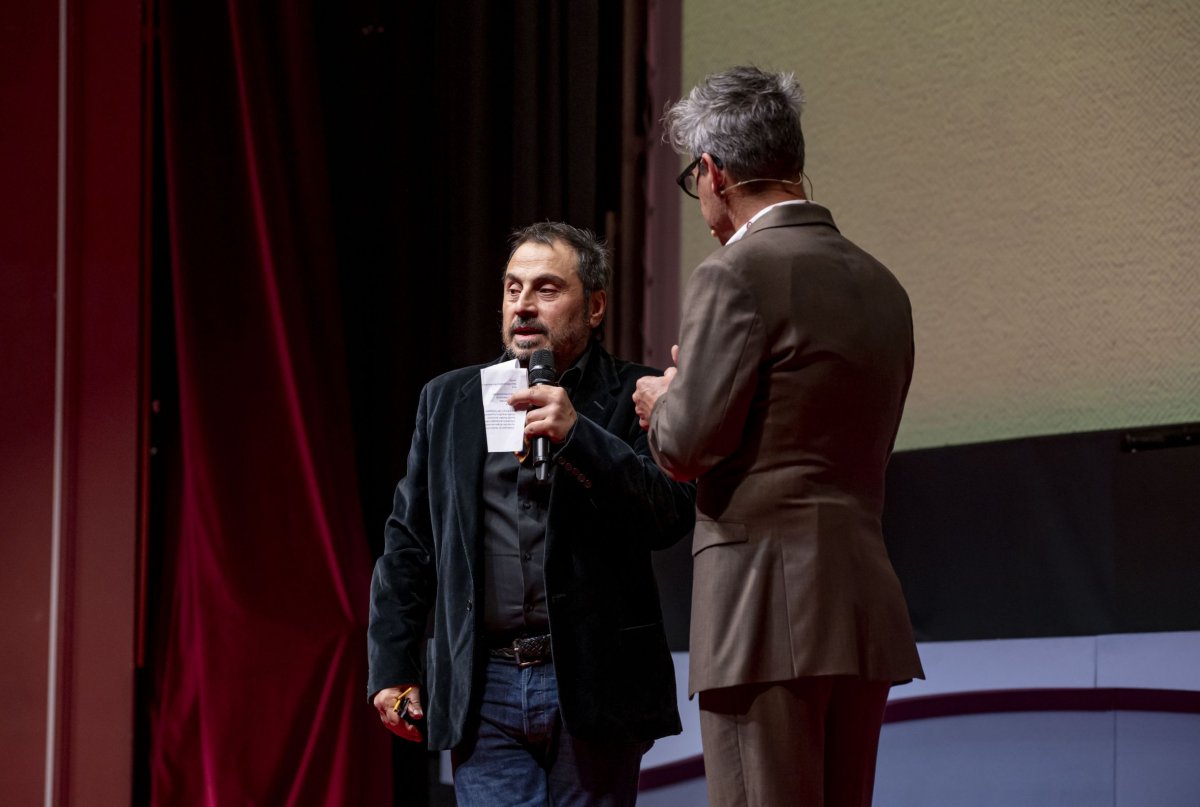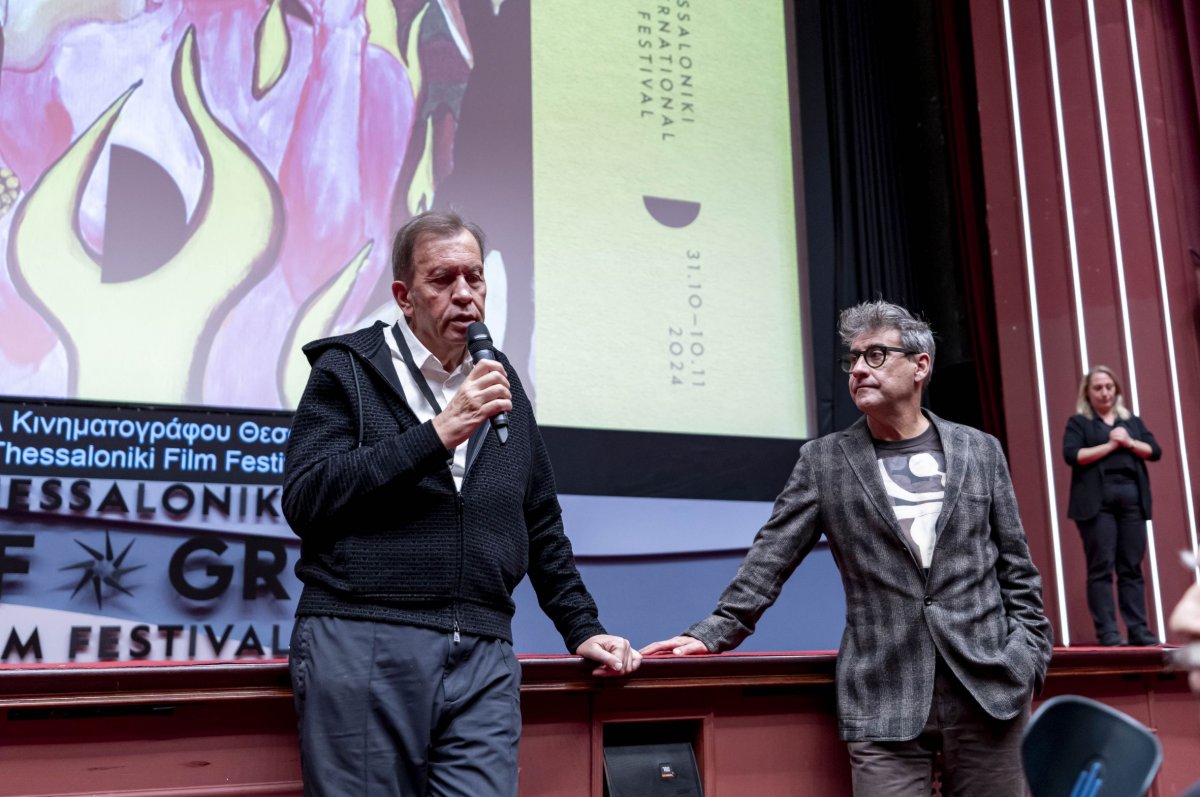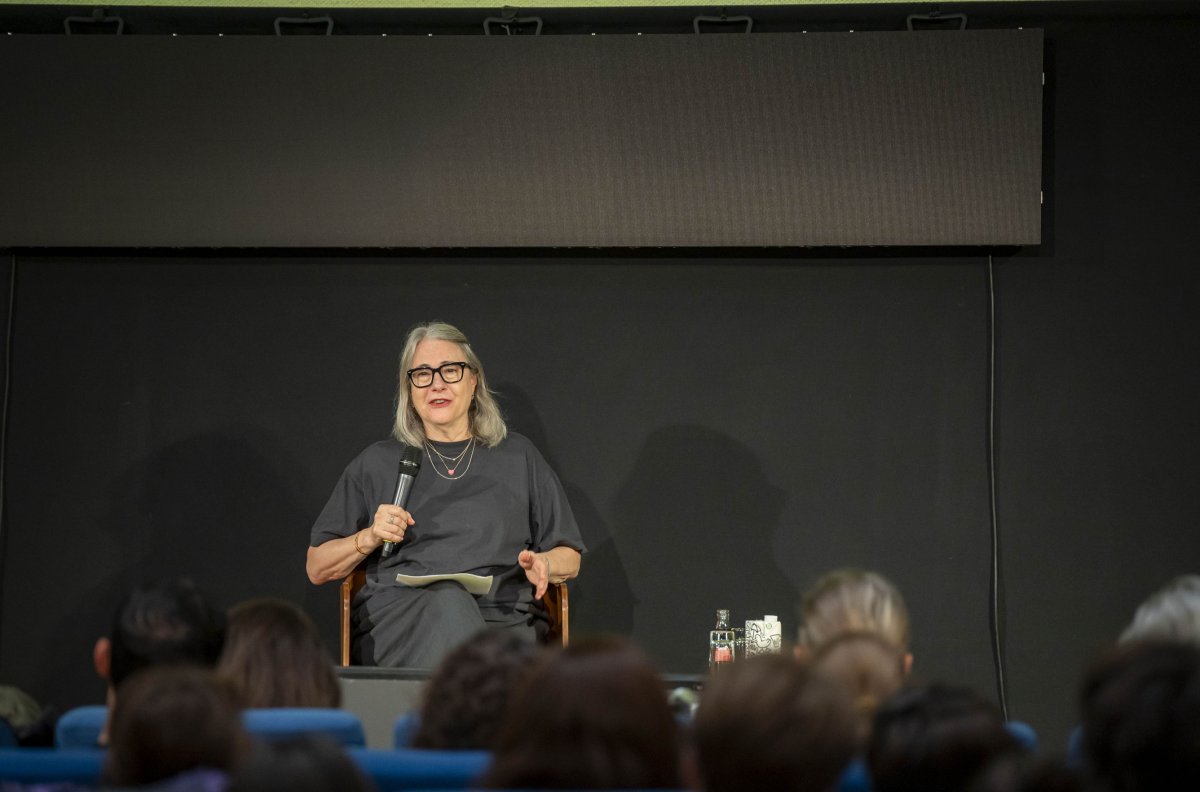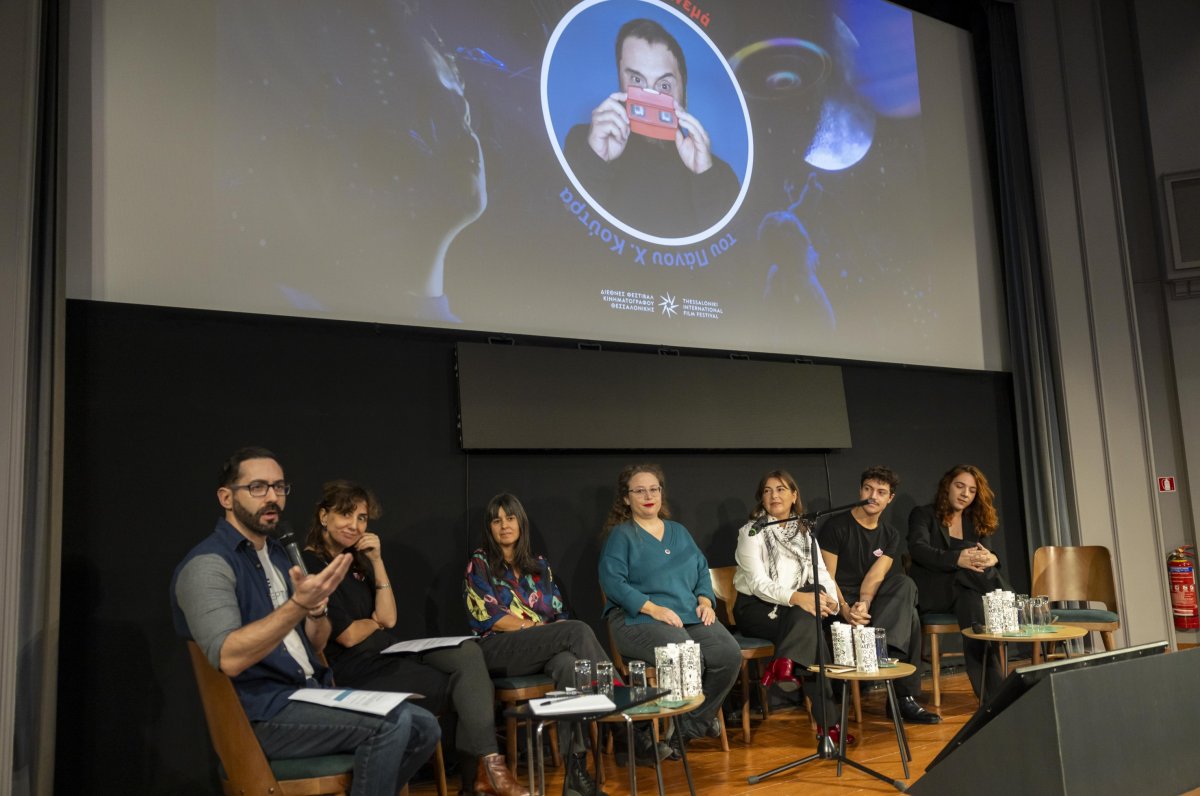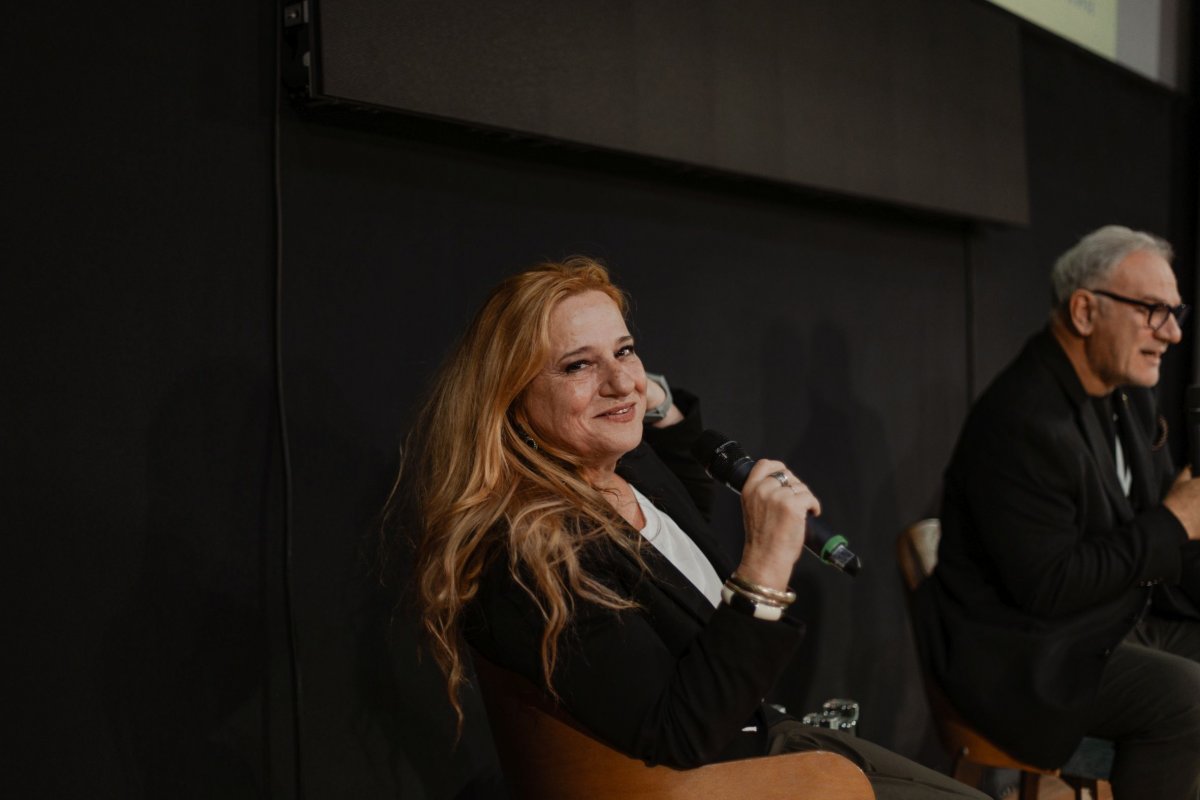The special screening of the documentary Rescued in Time: Rescue in the Renaissance took place on Saturday, March 11th at Frida Liappa theater, within the framework of the 25th Thessaloniki Documentary Festival, in collaboration with COSMOTE TV, the Festival’s Grand Sponsor. The screening was attended by the director, Lefteris Charitos, as well as the protagonist of the documentary, the archaeologist Thodoris Papakostas.
The screening was prefaced by the artistic director of the Festival, Orestis Andreadakis: "Welcome to a screening that is typically held at both of our Festivals, in collaboration with COSMOTE TV, the Festival's Grand Sponsor. For the audience of the Festival, sponsors may be just a banner outside the warehouses, an advertisement in the printed material, or a commercial on the screens. For us, the sponsors represent and embody many more things. They are the partners we work with and who help us make the Festival a reality. Once again, I would like to thank COSMOTE TV for staying with us throughout the pandemic and I hope they will stay with us for the coming years," he said before inviting the director, Lefteris Charitos, and the protagonist of the documentary, archaeologist Theodoros Papakostas, to take the floor.
Next, Mr Charitos thanked Cosmote History, which supported many projects during the pandemic, saving many people from unemployment. "This is a production by FOSS, that supports a huge team with very high-quality work. At this point, I want to introduce you to Theodoros Papakostas. I wanted him from the very first moment in the casting, when he was more introverted and reserved. Now, he has become a different person," he initially stated "I know a lot about unemployment because I'm an archaeologist," Papakostas joked at first. "I had a bit of difficulty in show business, and indeed, Lefteris, when we started our collaboration, I was completely inexperienced. Now, you shouldn't give me a microphone because I am unstoppable. It's really been a wonderful journey that has changed me profoundly. I found myself in the hands of experienced and remarkable people and I feel very lucky. What I'm saying may sound cliché to you, but it is completely true and sincere."
After the screening of the documentary Rescued in Time: Rescue in the Renaissance, a Q&A session followed with the director and the film's protagonist. "This particular documentary is the seventh of the eight episodes of Rescued in Time each lasting 50-55 minutes, which are being broadcasted by Cosmote History. It is a story that starts with Homer and goes all the way to Gutenberg," said Mr Charitos. "You saw a small part of the chain. It is a project that I started before Agries Melisses and finished after the completion of the series. It was a difficult job during the pandemic, which took us a lot of time. I'm the last cog in the project, barely, as we collaborated with historians, animators, cartoonists, and many more. There is a lot of attention to detail in the script around a difficult topic; the anxiety and struggle of people to save certain manuscripts and how they survived to this day. The contribution of Thodoris Papakostas was crucial," he noted and gave him the floor.
"It is a huge joy for me to have managed to enter the Vatican Library. It was a very difficult process, but a wonderful overall experience. Behind the story, one realizes the tremendous effort of human beings to preserve texts. It is an adventure, there is anxiety, which stopped with the first printed book, which is why the episode you watched today, about typography, is crucial. Countless people, even from pre-Christian times, have dealt with this specific issue. It is a stunning adventure, all the episodes are pieces of a puzzle. It is also important to recognize that books are copied by different people, from language to language: we never read the original text, just a version of it," commented Mr. Papakostas.
Finally, the director spoke about the demanding, time-consuming, but also extremely beautiful, process of animation, explaining its great usefulness: "We are talking about times from which there are no images. Therefore, in this way, you can guide the viewer," he concluded.


